How to Conduct a Risk Assessment for Your Disaster Recovery Playbook
VISTA InfoSec
DECEMBER 2, 2024
Risk management is at the heart of any effective disaster recovery (DR) plan or playbook. A proactive approach to risk management allows businesses to identify, assess, and mitigate these threats before they can bring operations to a standstill. The question isnt if, but when these threats will materialize.

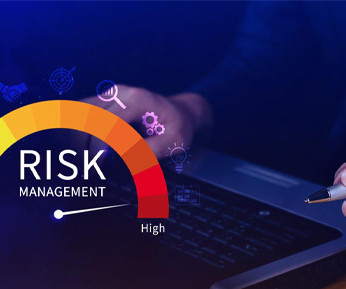
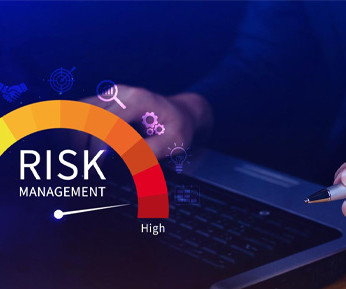
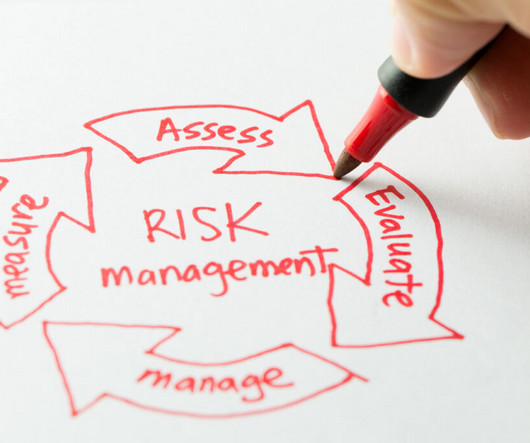



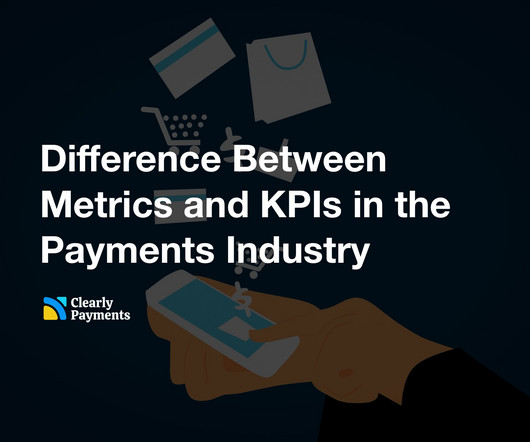


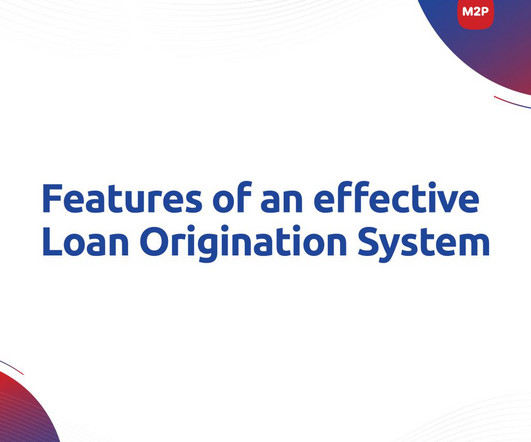
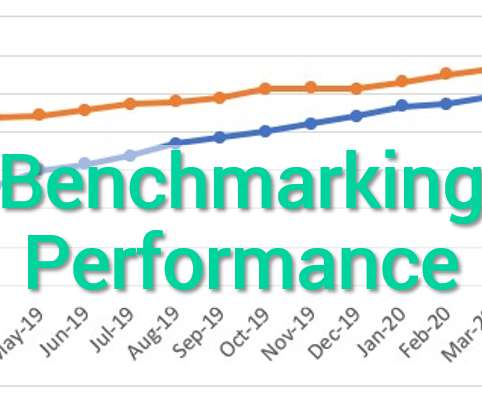










Let's personalize your content